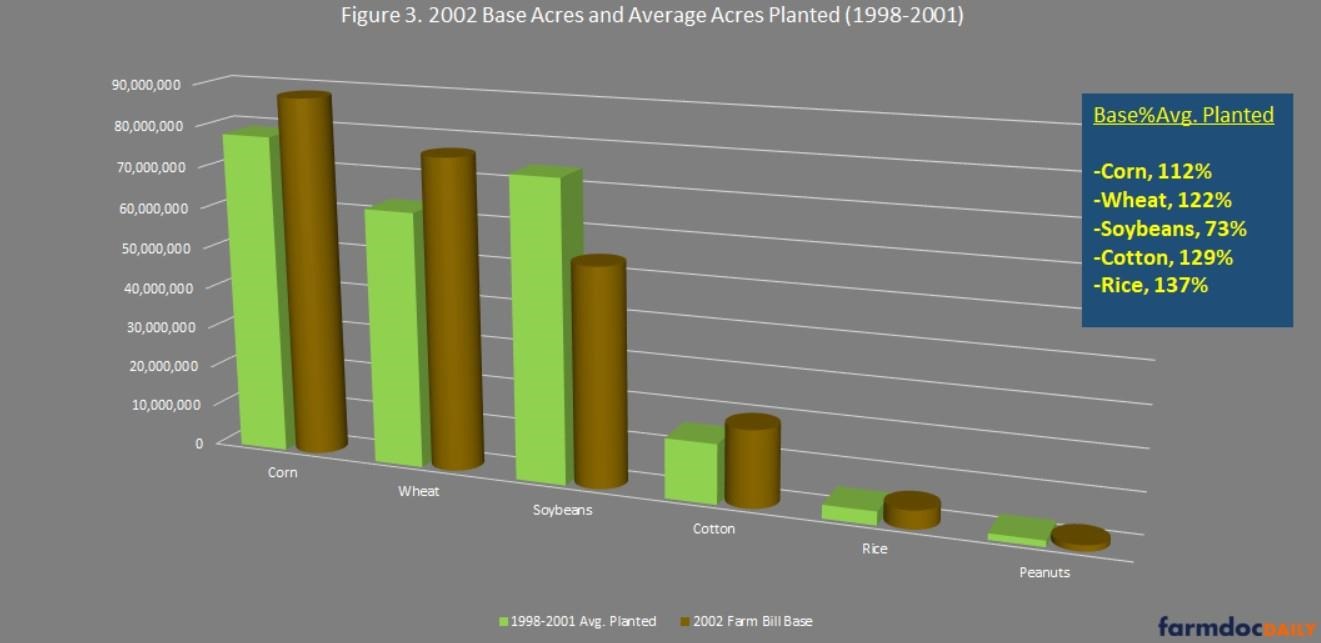A viral disease has killed nearly 100,000 cows and buffaloes in India and sickened over 2 million more.
The outbreak has triggered devastating income losses for cattle farmers since the disease not only results in deaths but can also lead to decreased milk production, emaciated animals, and birth issues.
The disease, called lumpy skin disease, is spread by insects that drink blood like mosquitoes and ticks. Infected cows and buffaloes get fevers and develop lumps on their skin.
Farmers have experienced severe losses from extreme weather events over the past year: a record-shattering heat wave in India reduced wheat yields in April, insufficient rainfall in eastern states like Jharkhand state shriveled parched winter crops such as pulses, and an unusually intense September rainfall has damaged rice in the north.
And now, the virus has spread to at least 15 states with the number of cow and buffalo deaths nearly doubling in three weeks, the Press Trust of India news agency reported.
The contagion spreading among cattle is having a disproportionate impact on small farmers, many of whom have insulated themselves from the shocks of climate change by rearing cattle for milk, said Devinder Sharma, an agriculture policy expert in northern Chandigarh city.

A man walks past carcass of cows that died after being infected with lumpy skin disease at a cow shelter in Jaipur, Rajasthan state, India, Sept. 21, 2022. Infected cows and buffaloes get fever and have lumps on their skin. The viral disease that is spread by insects like mosquitoes and ticks has killed at least 100,000 cows and buffaloes in India and sickened more than 2 million. Credit: AP Photo/ Vishal Bhatnagar
"It's a serious, serious issue and this (disease) … has been growing since the last couple of years," he said, adding that the government figures were likely an undercount of the actual death toll from the disease.
The first cases in South Asia were detected in 2019, and it has since spread to India, China, and Nepal. It was first recorded in Zambia in 1929 and has extended through Africa and more recently to parts of Europe.
Dairy is among the largest agricultural commodities in India, employing 80 million people and contributing to 5% of its economy, per federal data. It's the world's largest milk producer, making up more than a fifth of global production—but exports are only a fraction of this.
To try and protect the industry, authorities are vaccinating healthy cows using a shot designed for a similar disease while efforts are underway to develop a more effective vaccine.